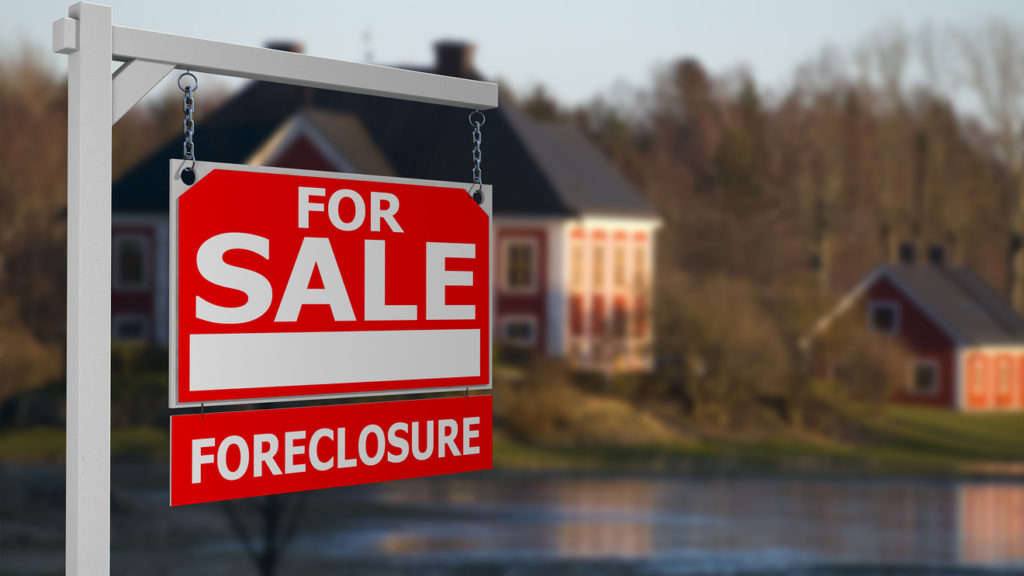Written by Keith Jurow | Published by MarketWatch on September 26, 2020
Sooner or later, homeowners in this frothy U.S. housing market must pay the piper
Recently the Federal Housing Finance Administration (FHFA) — conservator of Fannie Mae and Freddie Mac — extended the moratorium for both evictions and foreclosures until the end of the year. Many homeowners breathed a sigh of relief.
Indeed, over the past few months the number of borrowers with active forbearances has declined. But that’s no reason for optimism. The more serious matter is how many homeowners are now delinquent. By the end of 2020, several million borrowers who have received mortgage forbearance will have gone nine months without making a mortgage payment.
What impact will this have on U.S. housing and mortgage markets? Let’s start with FHA-insured loans. According to HUD’s July 2020 “Neighborhood Watch” report, 17% of 8 million insured mortgages are now delinquent. This percentage includes mortgages in forbearance as well as those not in forbearance. Hard-hit metropolitan areas include New York City with 27.2%, Miami with 24.4% and Atlanta with 21%.
The current housing and mortgage mess is the result of something we have never seen before — a lockdown of most of the U.S. economy.
Another reason for alarm is the private, non-guaranteed (non-agency) securitized mortgages that go back to the crazy bubble years and which are still active. These were the millions of sub-prime and other non-prime loans that were egregiously underwritten, many fraudulently.
At the peak of this activity in late 2007, more than 10 million of these mortgages were outstanding, with a total debt of more than $2.4 trillion. As recently as early 2018, 25% of all delinquent borrowers nationwide had not made a mortgage payment in at least five years. In New York State, New Jersey and Washington, D.C., that percentage was more than 40%.
Keep in mind that these extremely high delinquency rates existed well before the COVID-19 pandemic erupted. Since March of this year, delinquency rates for subprime mortgages reversed a 10-year decline and climbed to 23.7% in July, according to TCW’s most recent Mortgage Market Monitor report. Other non-prime bubble-era mortgage delinquency rates also were substantially higher.


